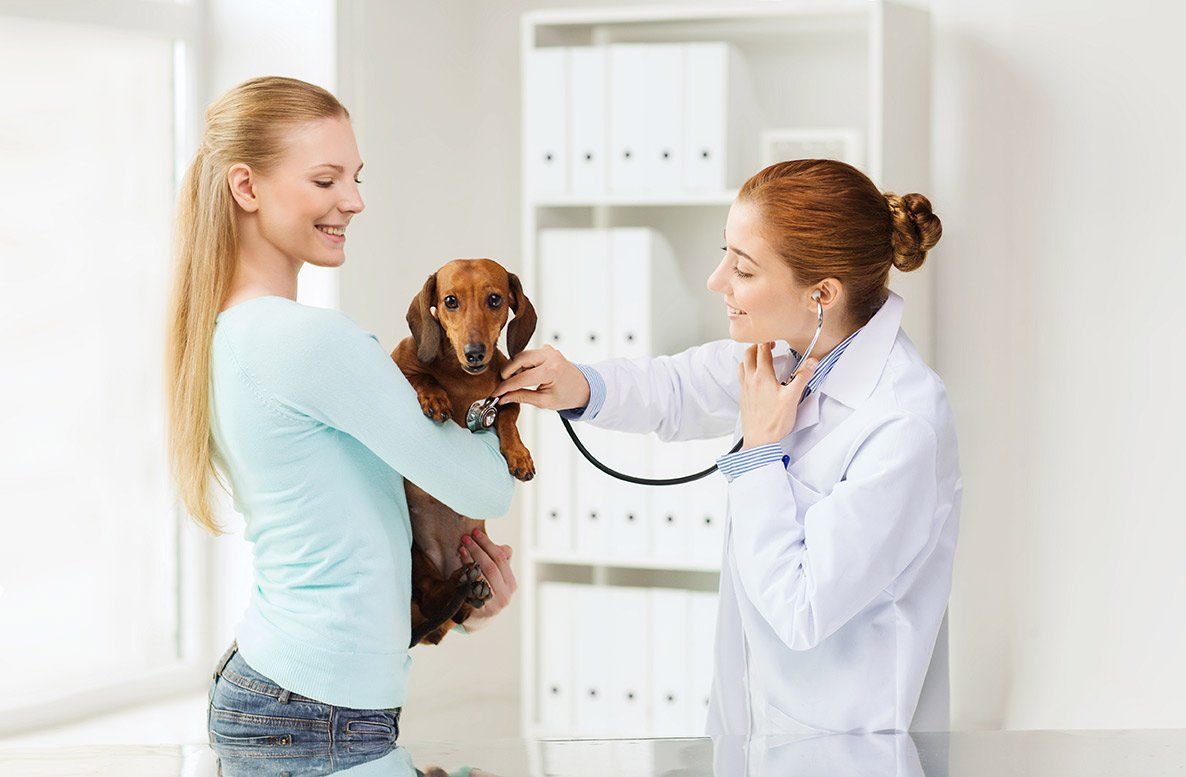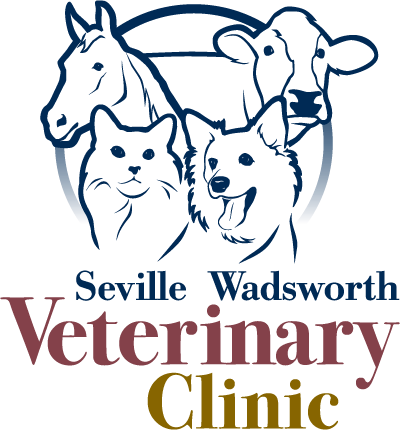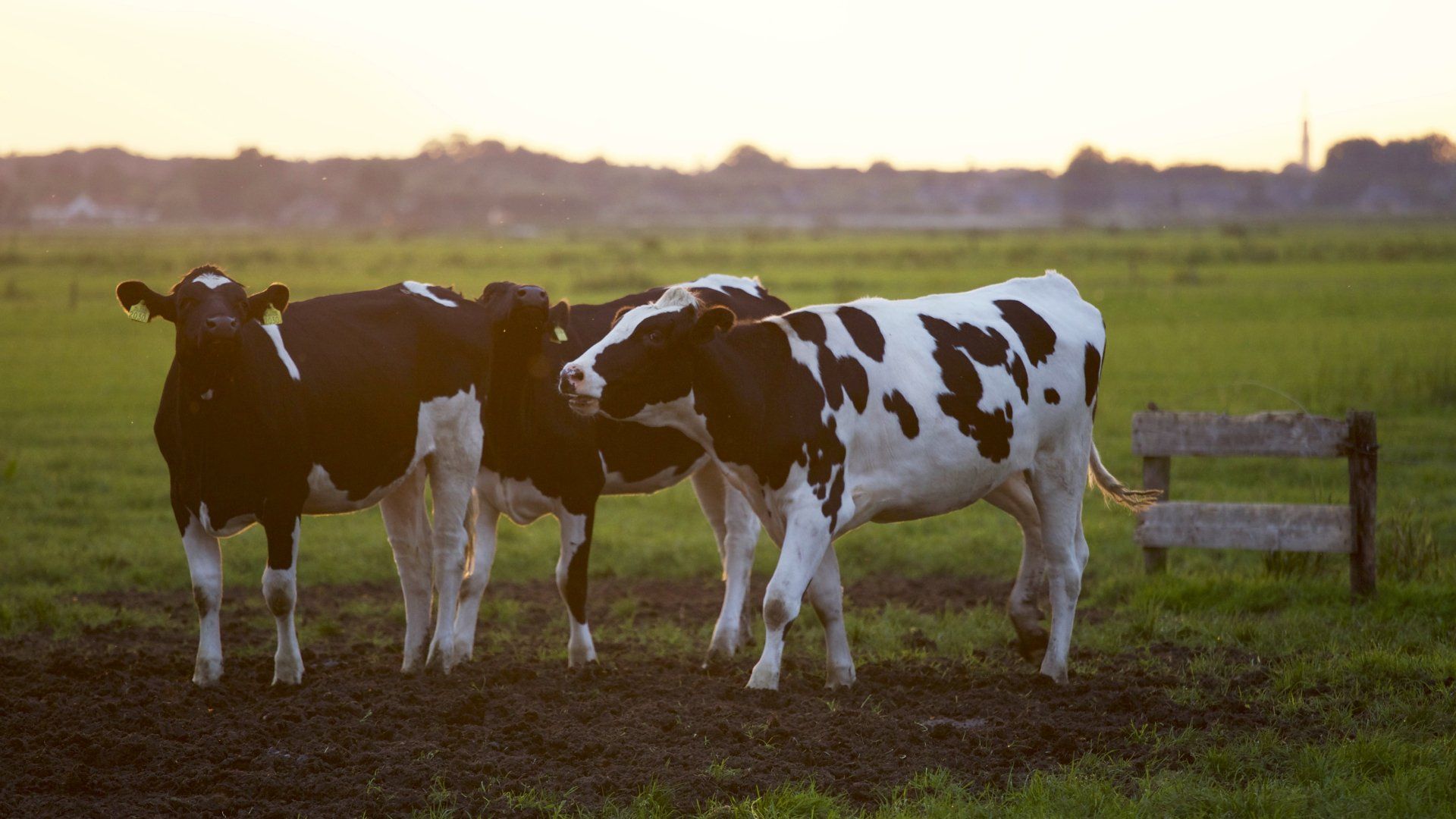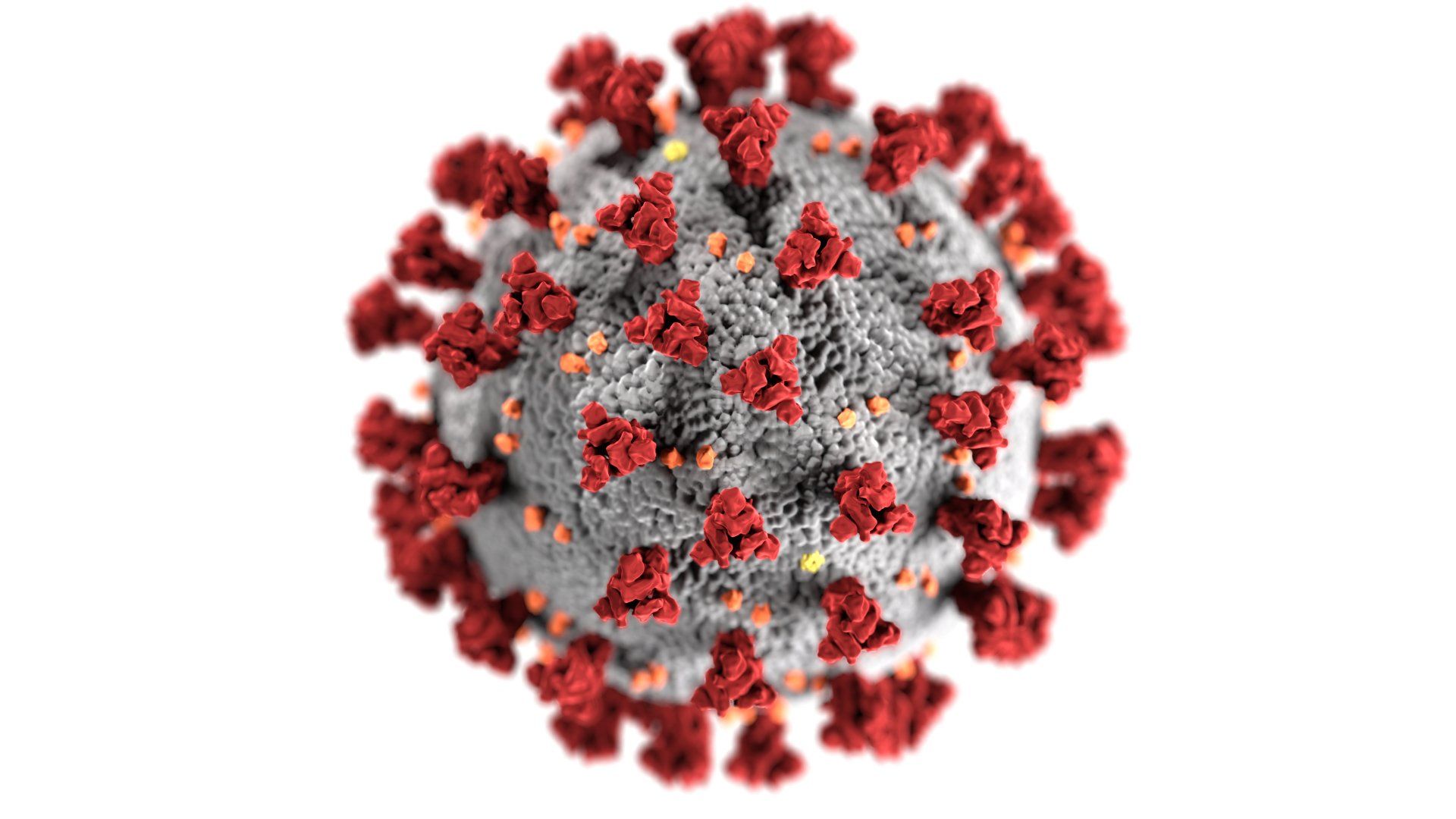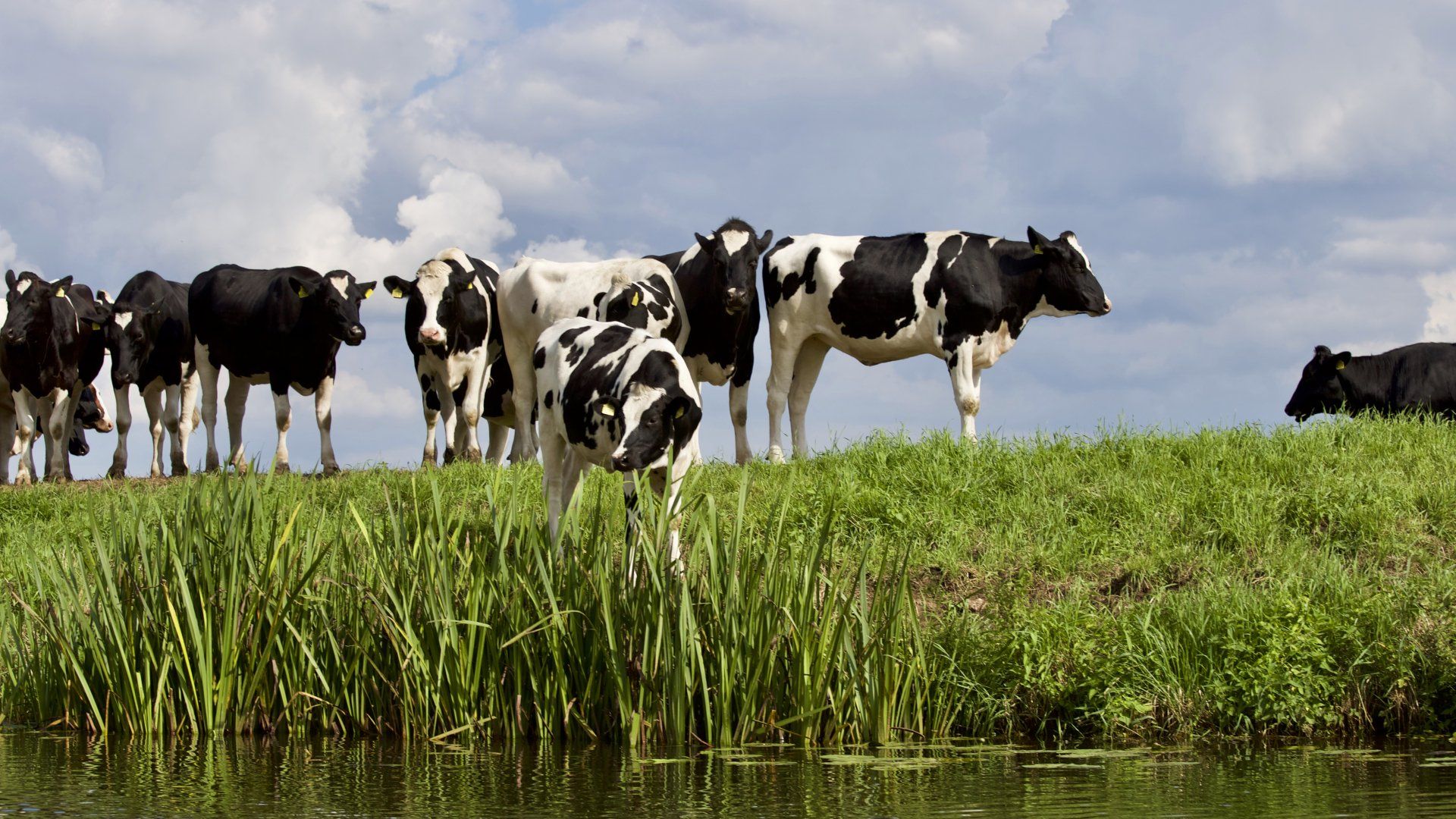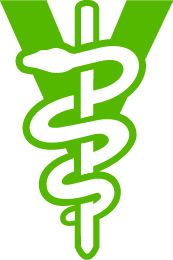Disease Costs on Farms
Disease Costs on Farms: Know the cost of disease on your farm
A dairy manager must evaluate and scrutinize all areas of management on the farm. Understanding diseases (transition and other) and the associated costs should be no different. The only way to truly understand the cost of disease is to enter your data into a program (fortunately there programs that can do that for a farm) or a spreadsheet that calculates costs. There are direct costs (drugs, death loss, treatment costs, milk withheld) and indirect costs (lost future production, reduced first service conception, culling) that need to be factored into the calculation. If you aren’t sure exactly how to calculate the disease costs for your farm, your farm’s disease cost is probably not much different than the industry average cost, so you could use the average costs for specific diseases. The dairy can justify management changes and improvements based on the financial cost of those diseases.
Clinical mastitis is all too common disease on some farms. A typical goal should be to have less than 2% of the milking herd with clinical mastitis per month. The best farms can get that number less than 1%. Keep in mind that even if you don’t treat clinical cases, that cow is still considered a mastitis case and most of the associated costs still apply. Research shows that the average cost of a case of mastitis is $400. I recently worked with a dairy with a high clinical mastitis rate. It turns out one of the issues was that their parlor towels were not being properly cleaned. They were able to easily justify the purchase of a new washer and dryer based on the potential savings by reducing clinical mastitis by even a small percentage of cases.
Metritis (Infected Uterus) is another transition cow disease that is very costly. Metritis typically occurs when a cow is 5-10 days in milk. Clinical signs include a fever and malodorous uterine discharge. First service conception rate and days to conception are usually increased and lactation production is decreased. A case of metritis can cost between $400-500. A different dairy farm had a 70% incidence of metritis in first lactation heifers. That is a significant financial drain. One of my producers decided to begin housing cows in a post-fresh group for the first 21-28 days in milk. This management change cost him a few thousand dollars to get started. With this change alone, he was able to reduce metritis incidence in first lactation heifers down to 10%. The decision was easily justified financially based on understanding his disease costs and incidence.
The example of a post-fresh group can also be applied to the diseases of ketosis and DA. Ketosis costs around $125 per case while DAs cost much more due to either surgery or culling. That cost is somewhat variable between farms depending on how the DAs are corrected, if at all.
Milk fever (hypocalcemia) is disease that can plague transition cows. Culling and death in early lactation can be a major financial drain on the farm. Milk fever costs approximately $125 per case. Keep in mind that hypocalcemia is considered a gateway disease, so while the actual cost of disease isn’t high, it creates an environment ripe for other costly diseases to occur. A different dairy farm had a high early lactation sold/dead rate. These involuntary and unwanted culls were a major drain on cow numbers and production of early days in milk cows. Bloodwork on fresh cows revealed an issue with fresh cow calcium status. The producer and nutritionist decided to feed a full DCAD (dietary cation-anion difference) diet to close up cows. The early lactation sold/dead rate drastically decreased. The feed additive and management change costs were easily justified based on the reduction in disease-associated costs.
There are other examples of cost benefit ratios when other diseases are examined. Respiratory vaccinations, ventilation systems in calf barns, salmonella vaccinations, mastitis vaccinations, and bedding costs are a few that come to mind. When you consider the decisions that are made on the farm on a daily basis, don’t just look at the cost of a product; but rather, what potential decreases in disease that may occur as a result. A few years ago I discovered a producer stopped using dry cow antibiotic therapy to save money. He had increases in dry period new infections and he also had a rise in bulk tank somatic cell count. He made a poor decision to try to save money but it ended up costing him more in the end due to increases in early lactation clinical mastitis and bulk tank somatic cell count.
Only the strong will survive in the industry moving forward. Farms that constantly lose money due to disease will have a hard time operating a profitable dairy. Know your cost of production, disease rates, and costs of disease so that you can make the soundest financial decision possible.
Written by Dr. Gabe Middleton
